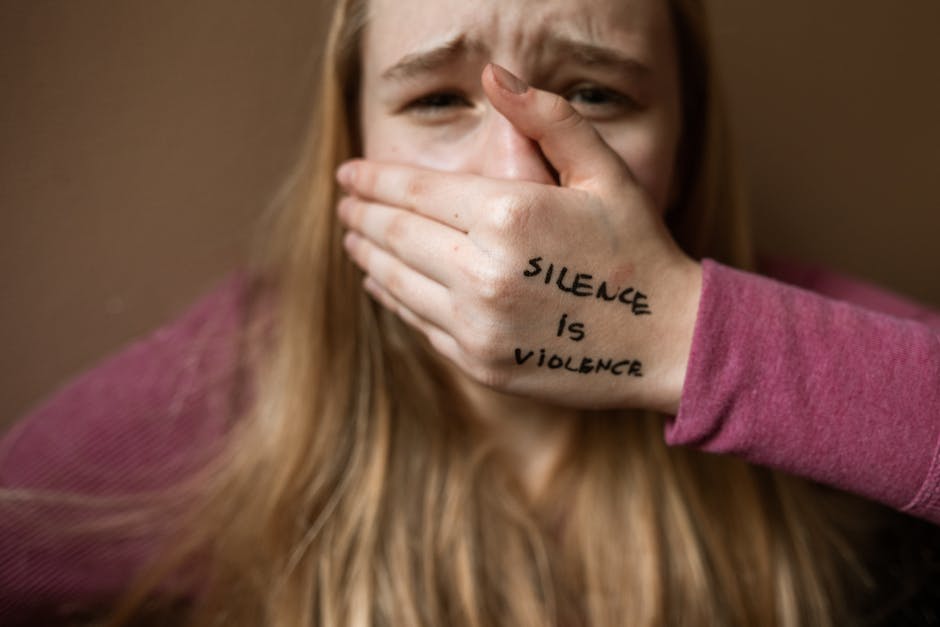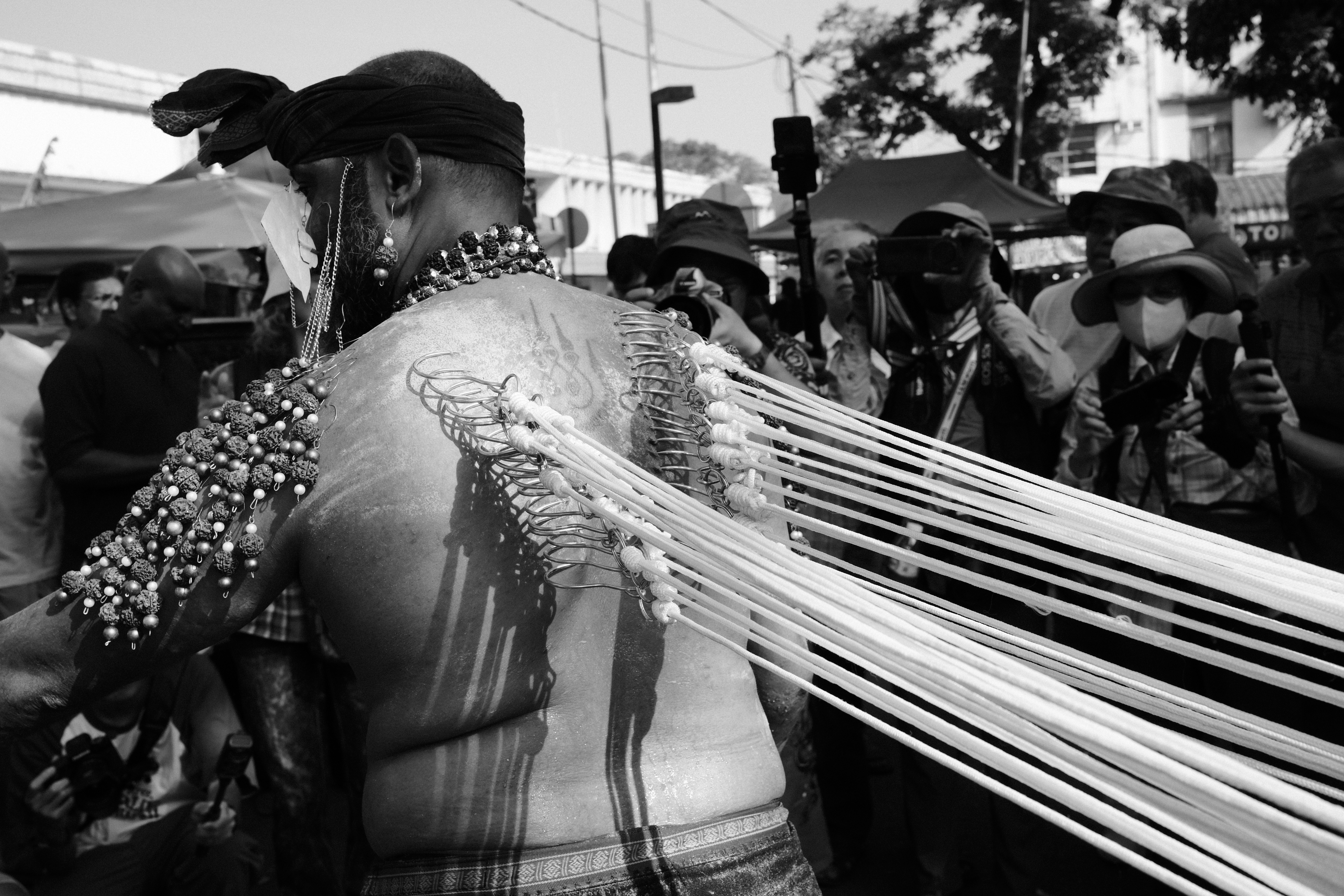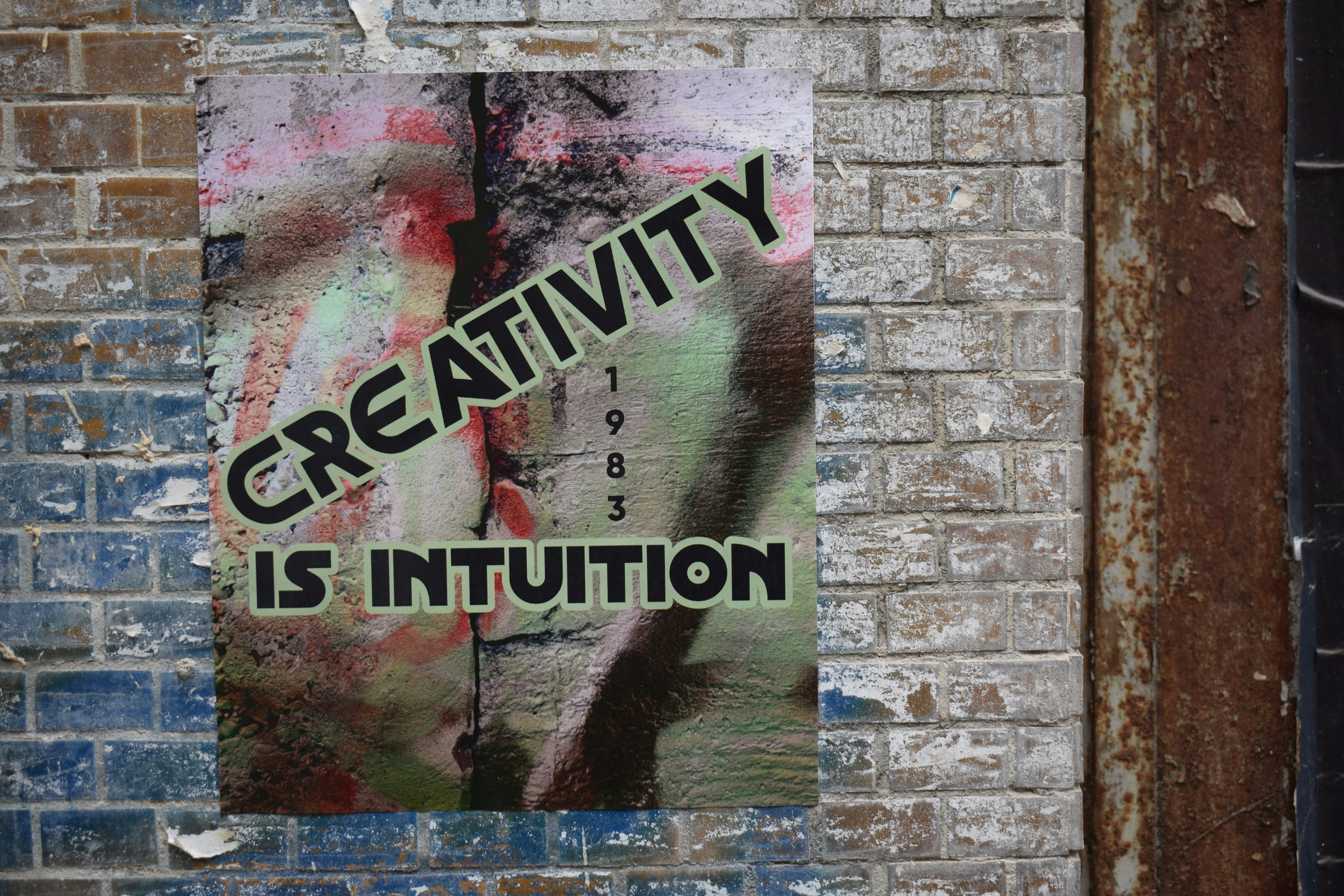Exploring AI's Impact on Photography: Emotion Recognition Software
In an age where technology is intertwined with art, understanding how emotion recognition software influences photography can transform your creative process. Are you curious about how artificial intelligence can enhance portrait photography, guide candid shots, and even help you choose gear based on emotional storytelling? You’re not alone! In this article, we’ll explore how AI marries emotion with technique, offering practical tips on integrating this technology into your photography style while addressing ethical considerations along the way.
The Rise of Emotion Recognition Software in Photography

Emotion recognition is redefining how we view and create art. Originally rooted in psychology, this technology relies on machine learning algorithms to identify human emotions from facial expressions or vocal tones. For photographers seeking to capture genuine emotions, these tools have become invaluable.
Imagine being able to analyze a subject’s emotional state before clicking the shutter. By integrating software like Affectiva or FaceReader into your workflow, you can gain insights into how your subjects are feeling at a given moment. This allows you to adjust settings, angles, and even lighting to better capture those fleeting emotional expressions.
But how does this technology really fit into the more traditional aspects of photography? Let’s dive deeper.
Enhancing Portrait Photography with AI

1. Understanding Emotional Context

Capturing authentic emotions in portrait photography doesn’t happen by accident; it’s about understanding the nuances of your subject. With emotion recognition software, photographers can analyze their subjects’ reactions and adjust their techniques based on real-time feedback. For instance, if the software indicates happiness, you might choose to soften the lighting to accentuate that warmth or create a backdrop that enhances the positive vibes.
2. Choosing the Right Gear for Emotional Expression

Not all cameras or lenses are created equal, especially when it comes to capturing emotions. Consider using gear that complements your style and subject. For instance, a prime lens with a wide aperture can create a beautiful bokeh, making your subject stand out against the background. This technique can enhance emotional storytelling in your photographs. Interested in the technical aspects of minimalism in gear? Check out Capture Minimalist Gear for Stunning Photography.
Infusing Candid Shots with Emotion

1. Anticipating Genuine Reactions

Candid photography is all about capturing unposed moments. With emotion recognition software, you can be more attuned to the environment and anticipate genuine reactions. For example, if you’re at an event and you notice someone starting to express joy or surprise, you can be ready to capture that moment seamlessly.
2. Incorporating Movement

Candid shots often involve action. When utilizing AI tools, consider adjusting your shutter speed to suit the scene’s emotional tempo. This flexibility allows you to freeze a fleeting moment of joy or blur movement to convey excitement. These techniques breathe life into your photographs, enabling a visceral connection with the viewer.
AI Tools to Elevate Your Photography

There are several AI tools available that cater specifically to the needs of photographers. Here’s a breakdown of some popular options:
-
Adobe Sensei: This powerful AI tool facilitates tasks like auto-tagging images, facial recognition, and photo retouching, accelerating workflows and allowing you to focus on emotion-driven storytelling.
-
Emotient: This software enables photographers to analyze and interpret emotional responses from faces in their images, helping tailor edits based on the emotion you wish to evoke.
-
Google Photos: By using facial recognition and categorization, Google Photos can help sort your candid shots based on the emotions displayed, making it easy for photographers to return to specific moments.
By integrating these tools into your photography practice, you can enhance your creative decisions and craft deeper emotional narratives through your images.
Ethical Considerations in Emotion Recognition Photography

As with any technological advancement, ethical considerations must come into play. Utilizing emotion recognition software requires sensitivity to privacy and consent, especially in candid photography where subjects may be unaware they are being analyzed for their emotions.
1. Respecting Personal Boundaries

Prioritize consent when using emotion recognition tools in photography. Always communicate with your subjects about your intent and how you plan to use their images. This transparent approach fosters trust and respect, leading to a better overall experience.
2. The Risks of Misinterpretation
Emotion recognition technologies are not flawless. Be aware that these tools can misinterpret emotions or display biases depending on the data set used. Always supplement machine analysis with your human intuition as a photographer to enrich the narrative you're creating with your images.
Tips for Combining AI with Traditional Techniques
Combining AI-driven insights with your traditional photography techniques can lead to groundbreaking results. Here are a few tips:
1. Be Attuned to Subtle Changes
Use AI tools in conjunction with your observational skills. While technology provides quantitative data, your instinct as a photographer will help you pick up on nuances that a machine may miss.
2. Experiment With Gear Versatility
Explore various lenses, filters, and settings while leveraging AI analysis for guidance. Experimenting with setups and being authentic in expression can yield incredibly moving photographs. To pick the best gear for effective storytelling, check out Capturing Urban Life: Enhance Your Photography with Soundscapes.
Emotional Storytelling Through Gear Choices
Your choice of gear can significantly affect how emotions are conveyed in your photography. From the lens you choose to the type of camera, each piece of equipment influences your approach. A DSLR may provide you flexibility, while a compact camera can be ideal for candid situations.
1. Color Theory and Emotion
Color plays a crucial role in evoking emotions in imagery. By leveraging color theory, you can influence the audience's feelings toward an image. Warmer tones typically evoke warmth and comfort, while cooler tones are often associated with sadness or peace. Use emotion recognition tools to gauge how different colors impact viewer responses.
2. Mastering the Gear
Understanding your gear is essential. You want to master it to the extent that it enhances your ability to capture emotion seamlessly. Knowledge of features like focus control, depth of field, and shutter speed will allow you to utilize emotion recognition data effectively. Read our insights on “Top 10 Must-Have Camera Accessories for Every Photographer in 2025” to equip yourself better.
Final Thoughts
The integration of emotion recognition software in photography opens up a new world of possibilities that can elevate your creative expression. By combining AI's strengths with your intuition and the rich history of photography techniques, every click of the shutter can tell a compelling emotional story. Remember to maintain ethical practices while utilizing these technologies so that your art respects your subjects while also enriching their narratives.
Ultimately, the fusion of AI and emotion in photography is not merely a trend—it’s an evolution that can redefine how we capture and understand the human experience behind every image.



